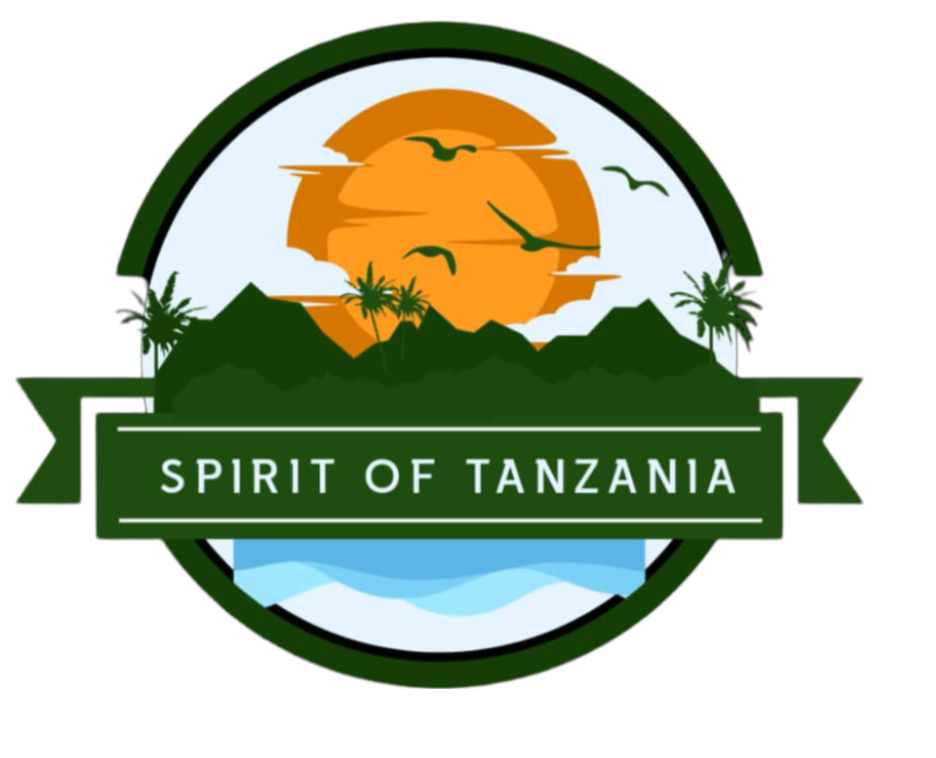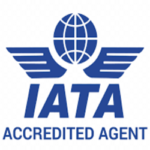6 DAYS MOUNT KILIMANJARO RONGAI ROUTE
Rongai Route – Mount Kilimanjaro
The Rongai Route is one of the less-traveled paths to the summit of Mount Kilimanjaro, offering a unique and scenic approach from the north. Starting near the Kenyan border, this route provides trekkers with an off-the-beaten-path experience, away from the crowds that often accompany other routes.
Highlights:
Unique Starting Point: The Rongai Route begins in the northern side of Mount Kilimanjaro, near the Kenyan border. This starting point is drier and receives less rainfall compared to other routes, making it a favorable option during the rainy seasons.
Scenic Views: The route offers stunning views of the Kenyan plains and diverse landscapes ranging from cultivated fields to lush rainforests and alpine desert.
Wildlife Encounters: As you ascend through the lower slopes, you may encounter wildlife, including colobus monkeys, antelopes, and various bird species, adding an element of excitement to your trek.
Less Crowded: The Rongai Route is less crowded compared to the popular Marangu and Machame routes. This provides a more peaceful and solitary trekking experience, allowing for a deeper connection with nature.
Gradual Ascent: The Rongai Route features a gradual ascent, providing ample time for acclimatization. This can be beneficial for trekkers who may be more susceptible to altitude sickness.
Diverse Ecosystems: The route takes you through diverse ecosystems, including the lush rainforest at the lower altitudes, the heath and moorland zones, and the high alpine desert closer to the summit.
Spectacular Summit Approach: The final ascent to Uhuru Peak via the eastern side offers breathtaking sunrise views over the Mawenzi Tarn and Kibo crater, making the challenging climb to the summit truly rewarding.
Descent via Marangu Route: After reaching the summit, trekkers descend via the Marangu Route, providing a different perspective and the opportunity to experience the iconic Marangu huts.
Experience Along the Way:
Trekkers on the Rongai Route will start their journey through fertile farmlands and pine forests, gradually transitioning into the heather and moorland zones. The trail meanders through valleys and ridges, offering panoramic views of the surrounding landscapes. As you ascend higher, the vegetation becomes sparser, and the terrain transforms into rocky outcrops and barren lunar landscapes.
The Rongai Route’s gradual ascent and well-paced itinerary enhance the chances of successful acclimatization, allowing trekkers to fully appreciate the breathtaking beauty of Mount Kilimanjaro. The sense of solitude, coupled with the diverse flora and fauna, creates an unforgettable trekking experience, culminating in the triumphant moment of standing on Africa’s highest peak, Uhuru Peak, at 5,895 meters (19,341 feet).
Day 1: Rongai Gate (1950m) – 1st Caves camp (2600m): Register at the Marangu park gate with a transfer (approximately 2 ½ hours) to the Rongai trailhead. Meet your guide and porters before you begin your hike from the Nale Moru village. The small winding path crosses maize fields before entering pine forest, and then climbs gently. The trail is not at all steep, but is rather a gentle hike through beautiful country. The forest begins to thin out before you reach the first cave later in the afternoon. The first night’s camp is at First Cave, at about 2,600 metres. There is a toilet and a wooden table with benches, but no hut. Water can be found just down the trail below First Cave.
Day 2: Cave (2600m) – Kikelewa Cave (3600m): The trail continues up towards Kibo with magnificent views of the Eastern ice fields on the crater rim. We will pass Second Cave (3450m) en-route, and head out across the Kikelwa moorlands under the jagged and imposing, Mawenzi peaks, reaching Kikelwa Cave at about 3600 metres. Overnight at 3rd Cave camp with magnificent Scenio’s nearby Kikelewa Caves.
Day 3: Kikelewa Cave (3600) – Mawenzi Tarn camp (4330m): A short but steep climb up grassy slopes offering superb views of this wilderness area. Here, we will leave the moorland region behind and quickly enter into the lunar alpine desert stretched out between the imposing peaks of Mawenzi and Kibo. We will camp at Mawenzi Tarn spectacularly situated in the shadows of Mawenzi. Spend the afternoon acclimatizing and exploring the area.
Day 4: Mawenzi Tarn camp (4330m) – Kibo hut (4700m): Continue ascending on the east side of Kibo crossing the saddle between Mawenzi and Kibo taking 4 to 5 hours to reach Kibo Hut. The remainder of the day is spent resting in preparation for the final ascent, which begins around midnight. Overnight at Kibo Camp
Day 5: Kibo hut (4700m) – Uhuru Peak (5895m) – Horombo hut (3720m): You will rise around 23:30, and after some tea and biscuits you will head off into the night. This will be the hardest day on the trail as you head into the cold night air towards Uhuru peak. The first section of the trail consists of a rocky path to the Hans Meyer Cave (5150m). The path then zigzags up to Gillman’s point (5 681m), which is located on the crater rim. This section is very steep with a lot of stone scree, requiring a great physical and mental effort. From Gillman’s Point you will normally encounter snow all the way up to Uhuru peak (5895m). You will then begin your 3-hour descent back to Kibo hut where you will have a short rest and gather all your gear for the descent and begin the trail down to Horombo hut (3 hours) where you will overnight. Later in the evening you enjoy your last dinner (with soft drinks and beer for sale at the camp office) on the mountain and well-earned sleep, feeling exhilarated and proud of your achievement.
Day 6: Horombo hut (3720m) – Marangu Gate (1980m): After breakfast you continue your descent (6 hours), passing the Mandara hut, down to the Marangu gate. Here, you can give a tip to the head guide for the entire team. He will distribute it accordingly. At Marangu gate you sign your name and details in a register. This is also where successful climbers receive their Kilimanjaro summit certificates. Those climbers who reached Gillman’s Point (5685m) are issued with green certificates and those who reached Uhuru Peak (5895m) receive gold certificates. You now drive back to Moshi for a long overdue hot shower, dinner and celebrations! Overnight in the hotel.
INCLUDED IN TREKKING PACKAGE:
Kilimanjaro trekking according to the itinerary
Professional, English-speaking Wilderness First Responder & CPR certified Guide
Proper Ration of Mountain crew (Cook & Porters)
Pre and Post accommodations (2 nights Bed and Breakfast)
Airport Transfers
Meals according to the itinerary
Drinking water and Full Board Meals
All National Park & Hut Fees, Crew Permits and VAT
Fair and Sustainable Salary Crew Wages
Gate Transfers
Complimentary Oxygen Cylinder
Credit Card Transfer Fees
EXCLUDED FROM TREKKING PACKAGE:
Flights
Visa fees
Travel or Medical Insurance is required and you should ask for Recommendation
Gamow Bag
Medication
Tips for porters and mountain crew is recommended $450 per person
Personal spending money for souvenirs etc.
Energy food & beverages, alcoholic and soft drinks
Personal hire gear such as trekking poles, sleeping bags, etc.
Additional lodge nights if early descent from the mountain
How to Book
- Click Button Below
- Fill the Form .
- Send us the form.
About this Tour.
- Best price guarantee
- No charges on request
- Over 1000 Tourists Served by us
- Response within 24 hours
Lock this Trip Today.
- 30% Booking Deposit
- All Departure are Guranteed
- Chat with Our Experts Live
- Value for Money Guarantee
Why Travel With Us.
- Expert Local Knowledge
- Luxury and Comfort
- Personalized Itineraries
- Your Safety First
Frequently Asked Questions about KILIMANJARO TREKKING
The best time to climb Mount Kilimanjaro is during the dry seasons, from January to mid-March and from June to October. These periods offer the most favorable weather conditions and clearer views.
Climbing Mount Kilimanjaro is challenging due to the high altitude and the physical demands of the trek. However, with proper preparation, acclimatization, and determination, many people of varying fitness levels successfully reach the summit.
No, Mount Kilimanjaro is a non-technical climb, which means you don’t need specialized climbing equipment or technical skills. It is essentially a high-altitude trek.
The duration of the climb depends on the chosen route. The most popular routes, such as Marangu and Machame, typically take 5 to 7 days to complete.
There are several routes to the summit, each offering unique experiences. Popular routes include Marangu (Coca-Cola route), Machame (Whiskey route), Lemosho, Rongai, and Northern Circuit.
Success rates vary by route and climber preparation. Generally, longer routes with better acclimatization opportunities have higher success rates. On average, the summit success rate ranges from 60% to 90%.
Essential items include layered clothing for varying temperatures, sturdy hiking boots, a warm sleeping bag, a headlamp, a first aid kit, and plenty of snacks. A detailed packing list is typically provided by tour operators.
Yes, Tanzanian regulations require all climbers to be accompanied by a registered guide. Guides, along with porters and cooks, ensure safety, provide support, and enhance the overall experience.
Acclimatization is key to preventing altitude sickness. Climbing slowly, staying hydrated, and choosing longer routes that allow more time for acclimatization can help. Some climbers also use medications like Diamox to mitigate symptoms.
Accommodation varies by route. On the Marangu route, trekkers stay in huts with basic facilities. Other routes offer camping, with tents set up by porters.
Meals are prepared by cooks and typically include a variety of nutritious foods to keep climbers energized. Common meals include soups, pasta, rice, vegetables, and fruits.
If a climber cannot continue due to illness or exhaustion, guides will assist in descending to a lower altitude or arrange for evacuation if necessary. Safety is the top priority.
Ready for an unforgettable adventure?
Contact us now to book your Kilimanjaro Trekking!




